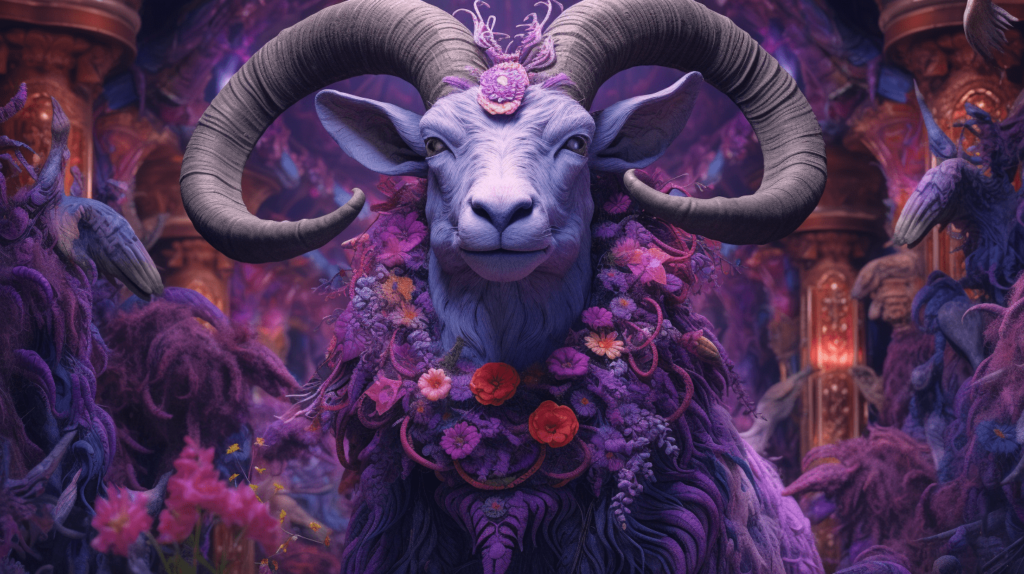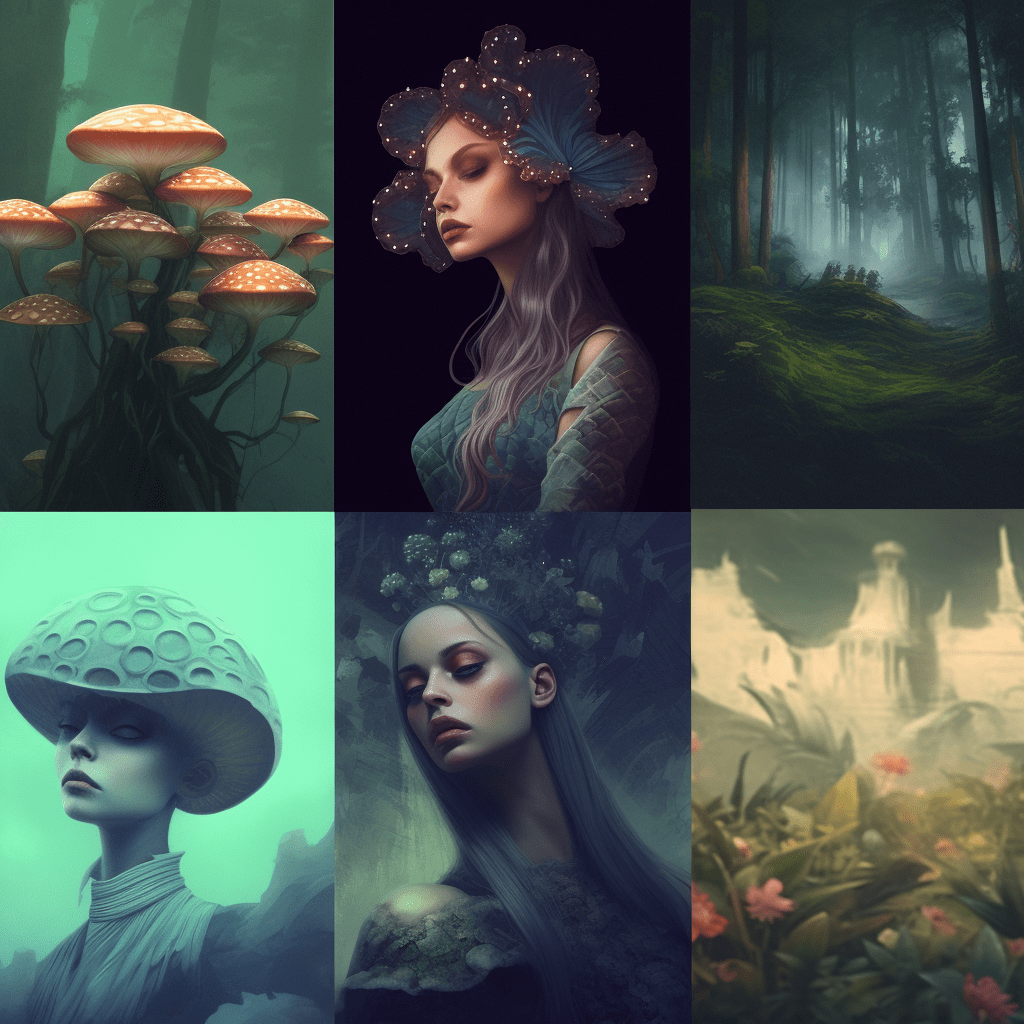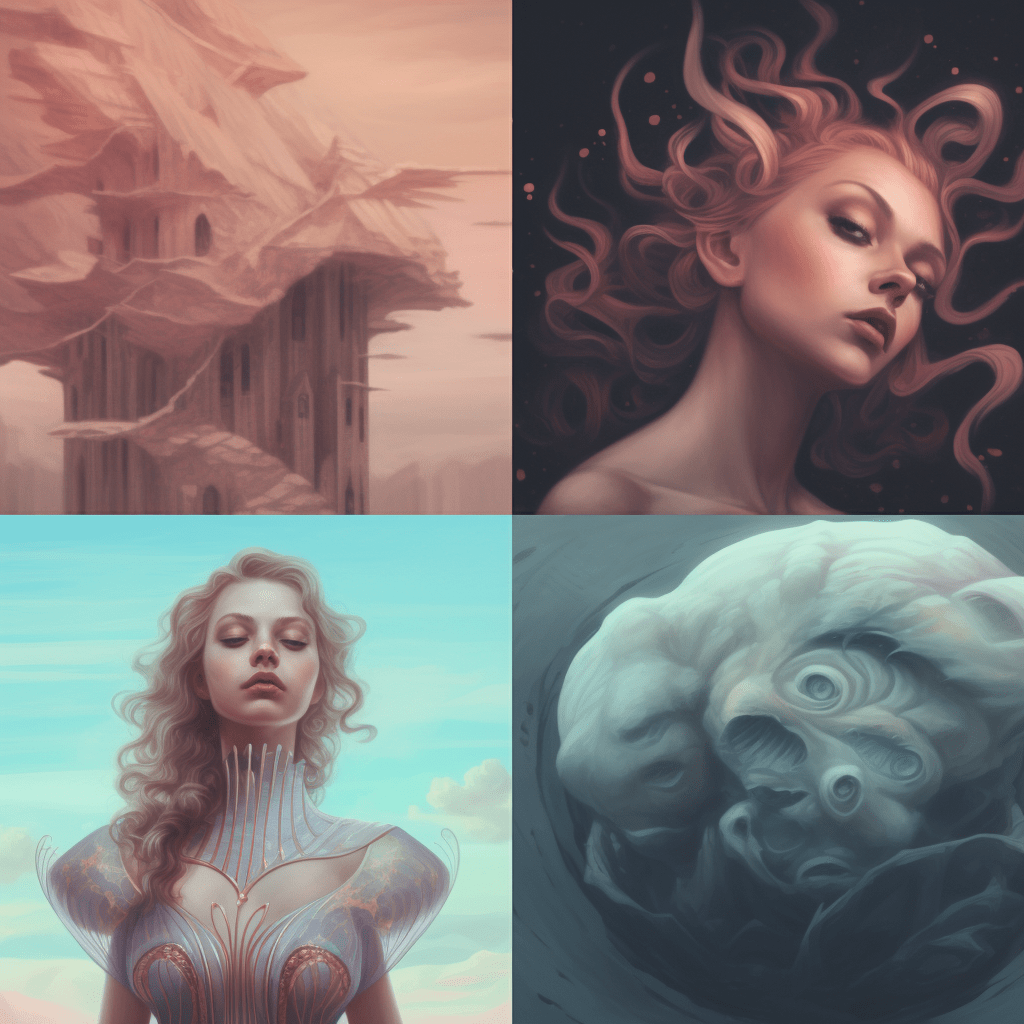
In the sprawling universe of non-fungible tokens (NFTs), random NFT generators have emerged as a powerful tool for artists and creators. These dynamic platforms allow for the creation of unique digital artwork, each piece distinguished by its own set of attributes. For those interested in building an NFT collection, leveraging a random NFT generator can lead to exciting opportunities. Here’s a step-by-step guide on how to create a unique NFT collection using a random NFT generator.
Understanding Random NFT Generators

Before diving into the creation process, it’s important to understand what a random NFT generator is. Essentially, these platforms utilize algorithms to randomly combine different elements and attributes, producing unique digital artwork. By adjusting the parameters and elements fed into the generator, artists can create a diverse array of NFTs, each with its own unique characteristics.
Step One: Choose Your Generator
The first step in the process is to select the right random NFT generator. There are several available on the market, each with its own features, user interface, and capabilities. Some popular options include Art Blocks, NFT Art Generator, and Rarible. Research each platform to understand its capabilities and choose one that aligns with your creative vision.
Step Two: Define Your Artwork Elements
Once you’ve chosen a generator, the next step is to define the elements of your artwork. These elements, often referred to as traits or attributes, are the building blocks of your NFTs. They could include colors, shapes, patterns, or any other visual components that you want to incorporate into your work. The variety and uniqueness of these elements will largely determine the diversity and appeal of your NFT collection.
Step Three: Upload Your Elements and Set the Parameters
After defining your elements, you’ll need to upload them to the generator and set the parameters for their combination. This could include the probability of certain elements appearing, the range of possible combinations, and the total number of NFTs you want to generate. This step requires a balance of creative and technical skills, as you’ll need to navigate the generator’s interface and manipulate its algorithms to achieve your desired results.
Step Four: Generate and Review Your NFTs
With your elements uploaded and parameters set, you’re ready to generate your NFTs. Once the process is complete, take the time to review each piece. Do they meet your expectations? Do they reflect your artistic vision? If not, you may need to adjust your elements or parameters and run the generator again.
Step Five: Mint Your NFTs
Once you’re satisfied with your generated NFTs, the next step is to mint them. Minting is the process of turning your digital artwork into a token on the blockchain. This process assigns each piece a unique identifier and ownership details, making it a non-fungible token.
Various platforms offer minting services, including OpenSea, Rarible, and Mintable. Keep in mind that minting NFTs often involves a fee, known as a ‘gas fee,’ which covers the computational energy required to process and validate the transaction on the blockchain.
Step Six: List Your NFTs for Sale
After minting, you can list your NFTs for sale on various marketplaces. These could include OpenSea, Rarible, or Foundation, among others. Each platform has its own listing process and fees, so be sure to research these aspects before choosing a marketplace.
The Future of NFT Collections and Random Generators

As the technology behind random NFT generators becomes more advanced, it’s likely that the capabilities of these tools will expand, offering even more possibilities for creating unique and diverse NFT collections. Artists and creators will need to stay abreast of these developments and learn how to leverage these tools effectively. By doing so, they can continue to innovate, pushing the boundaries of what’s possible in the world of digital art.
With these steps and considerations in mind, creating a unique NFT collection using a random generator can be an engaging and rewarding process. While there are challenges to navigate and complexities to understand, the potential rewards — both creatively and financially — make it an exciting avenue to explore for any digital artist.
